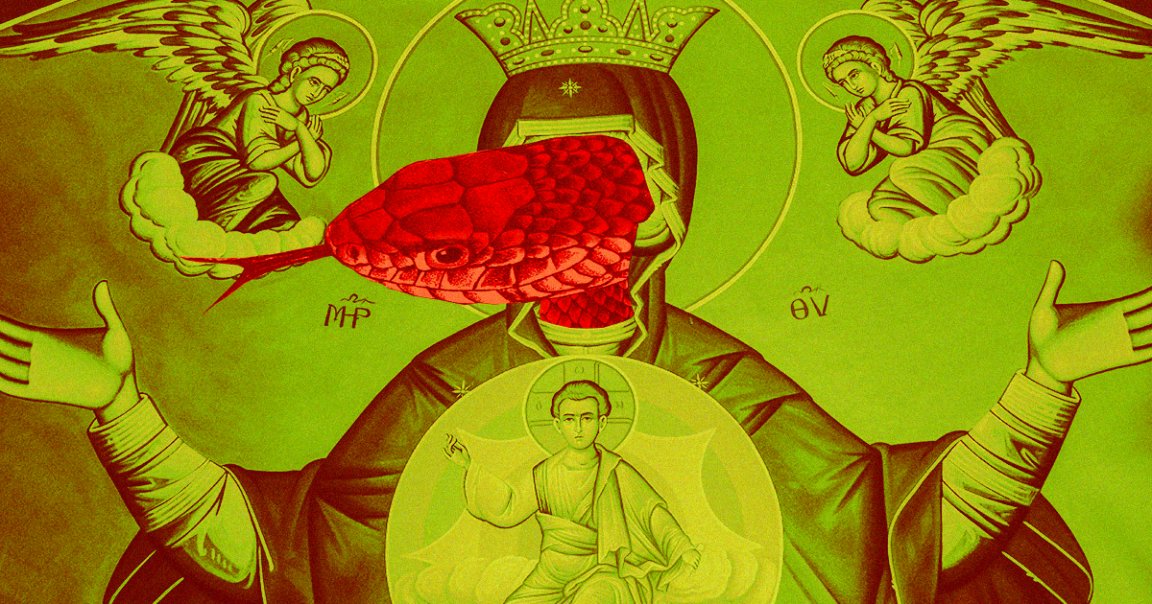
My Anaconda
Scientists at the New England Aquarium confirmed last week that one of their anacondas named Anna gave birth via parthenogenesis. That is to say it had a sort of “virgin birth,” in which it produced offspring without ever having mated.
It’s the second case of successful anaconda parthenogenesis, according to the The Washington Post, a genetic quirk where an egg cell clones itself, replicating on its own as though it had been fertilized.
Mini-Me
Anna gave birth to three living anacondas, one of which died shortly after, with about a dozen more stillborn.
“Genetically, it’s a vulnerable process,” aquarium spokesman Tony LaCasse told WaPo. “It’s among that tagline, life will find a way. It’s a completely unique and amazing reproductive strategy, but it has a low viability compared to sexual reproduction.”
Alternate Route
Normally, an offspring’s DNA is a mixture of both of its parents, but with only one parent involved, the only source of genetic variation comes from mutations. However, aquarium biologists confirmed that Anna’s two offspring have identical DNA to Anna’s.
Parthenogenesis, more common among insects and plants, is often thought of as a last-resort strategy for reproducing, but National Geographic reported in 2012 that it had been observed among vipers who had the opportunity to mate but didn’t.
“It’s a little bit of excitement in terms of the birth,” LaCasse said. “But also one of success because the mystery was solved.”
READ MORE: Anna the anaconda got pregnant all by herself — by ‘virgin birth’ [The Washington Post]
More on reptiles: Scientists Gene-Hacked Lizards to Make Them Albino